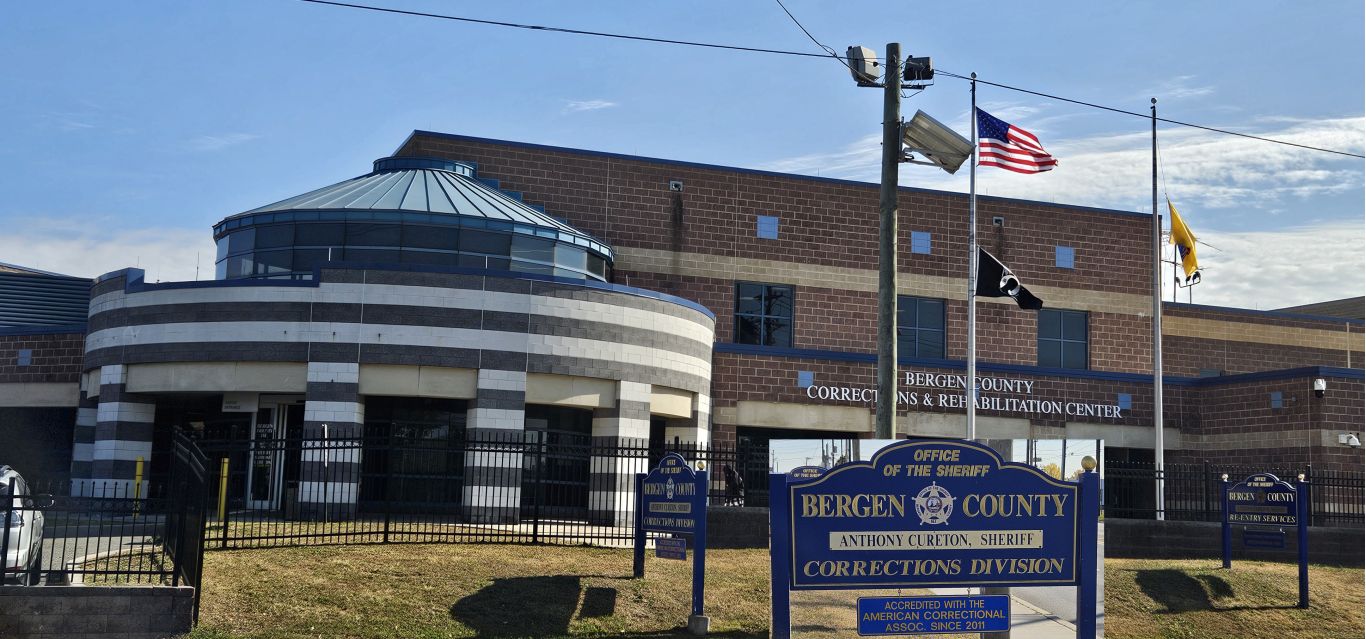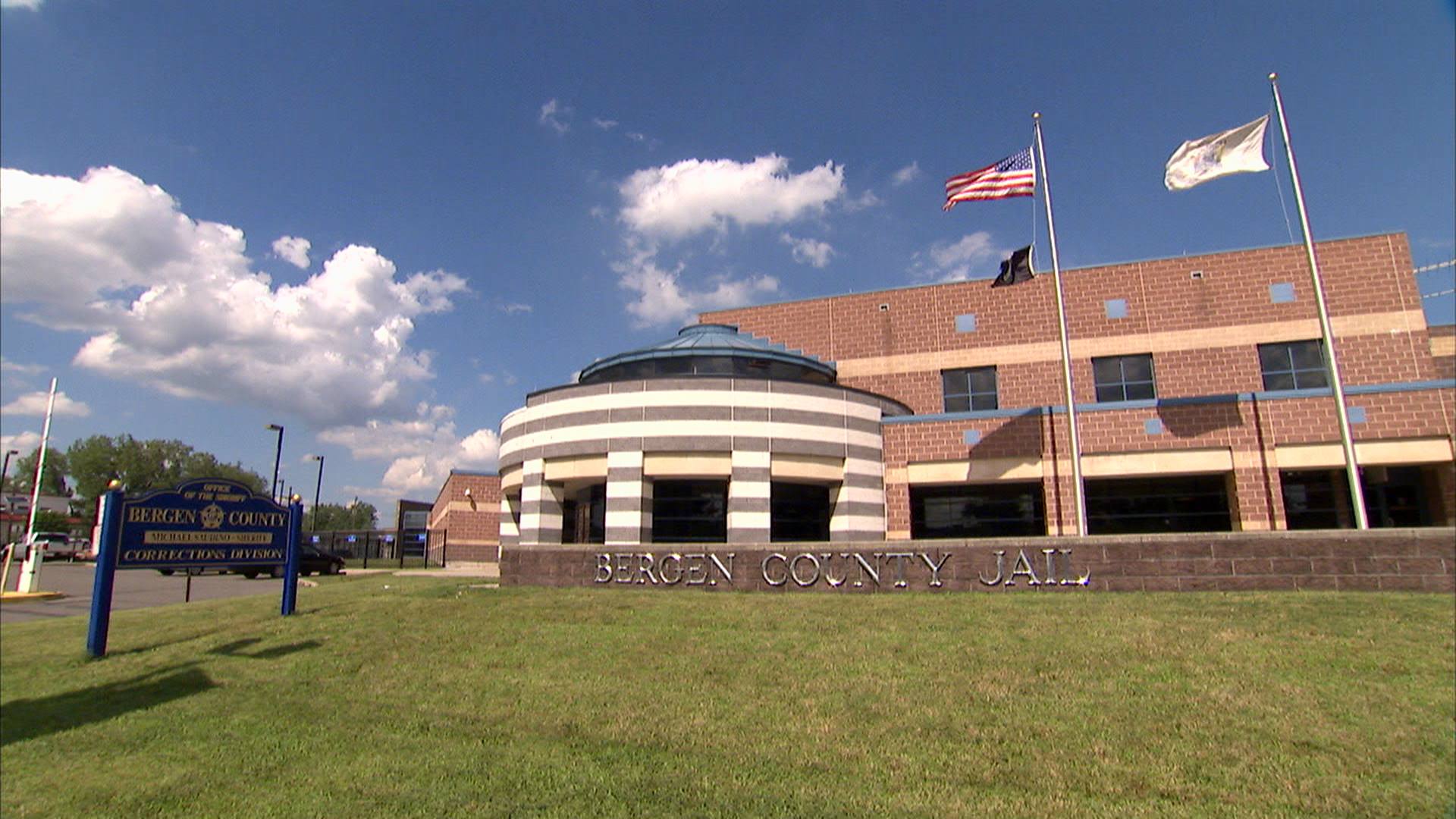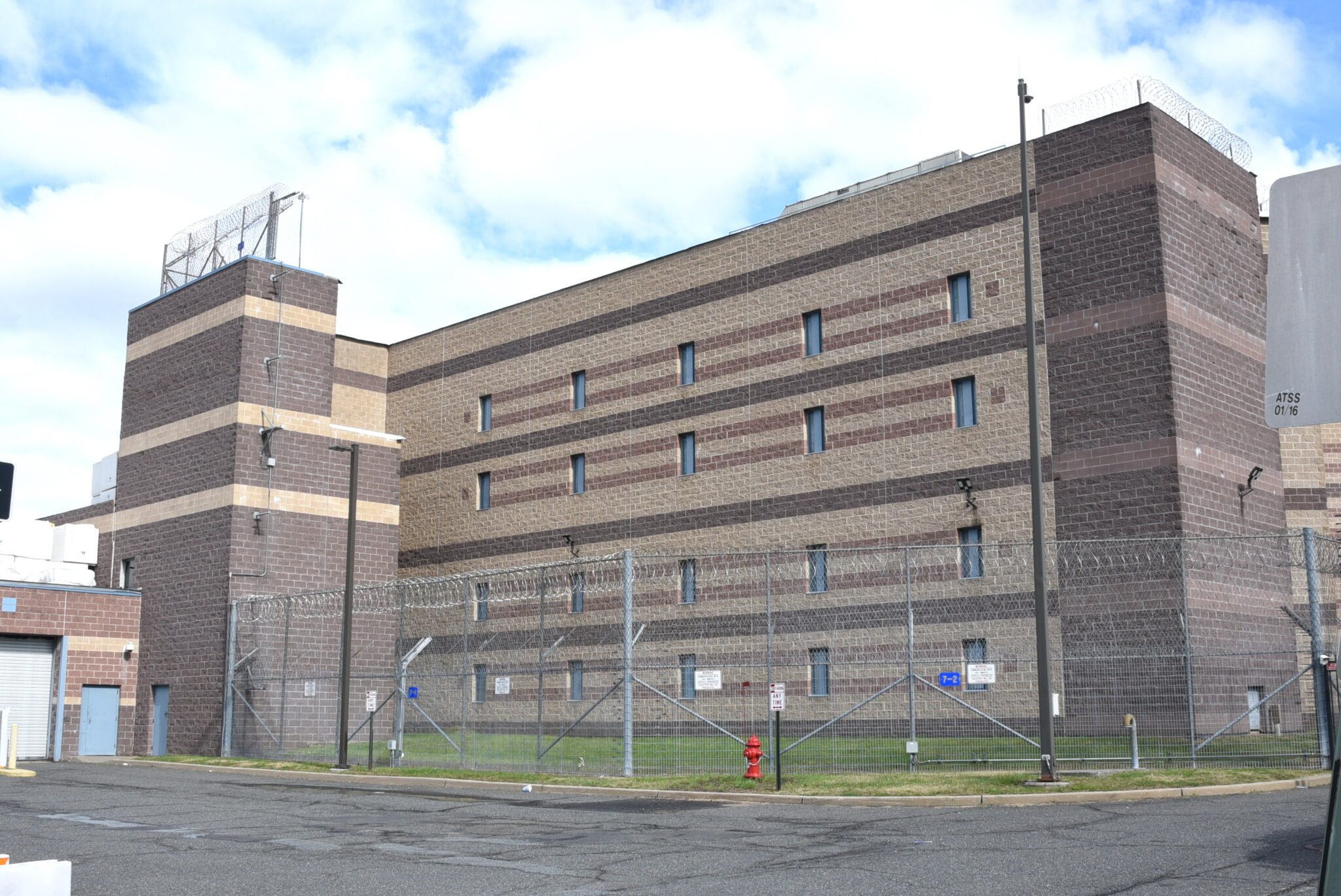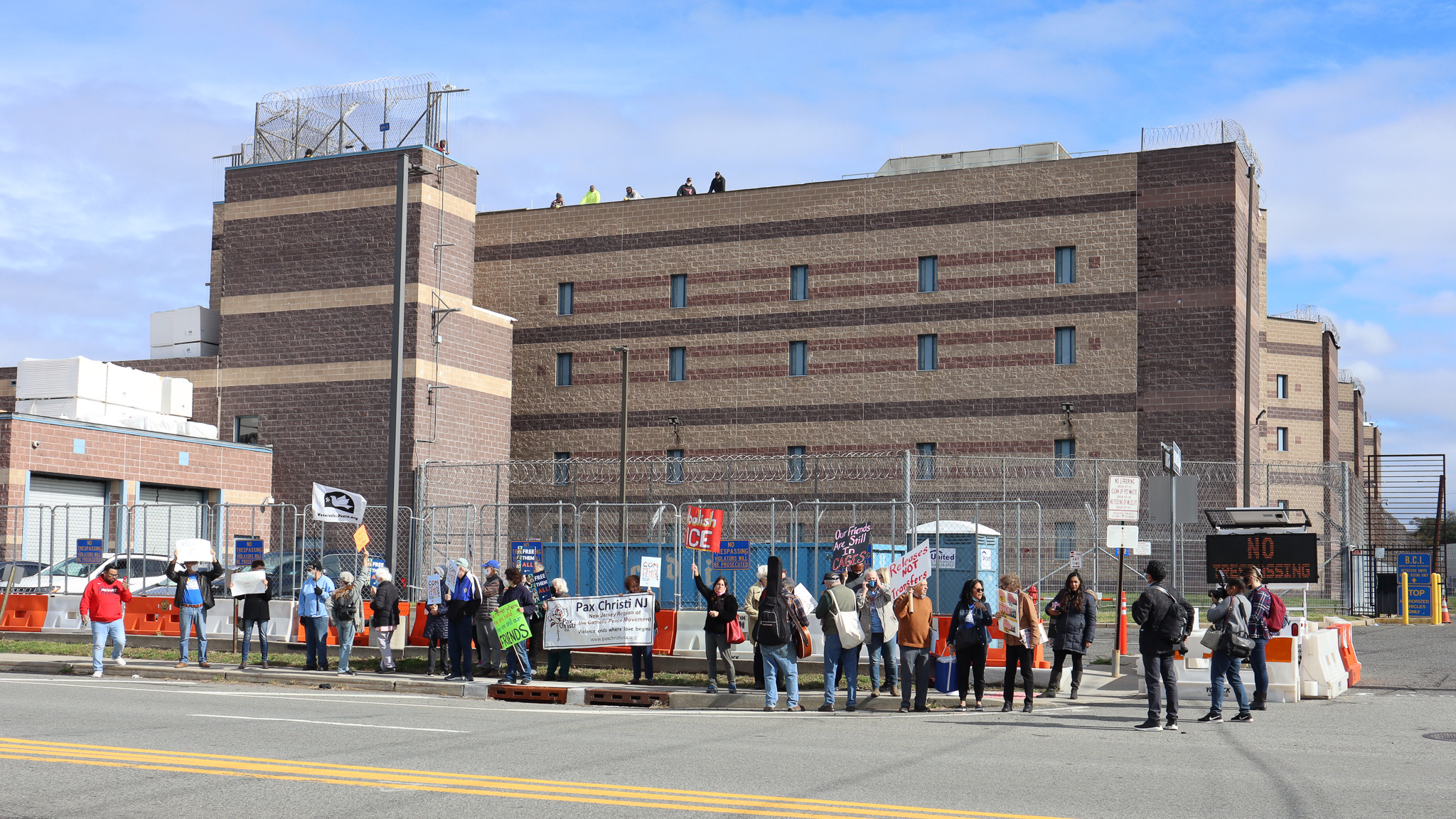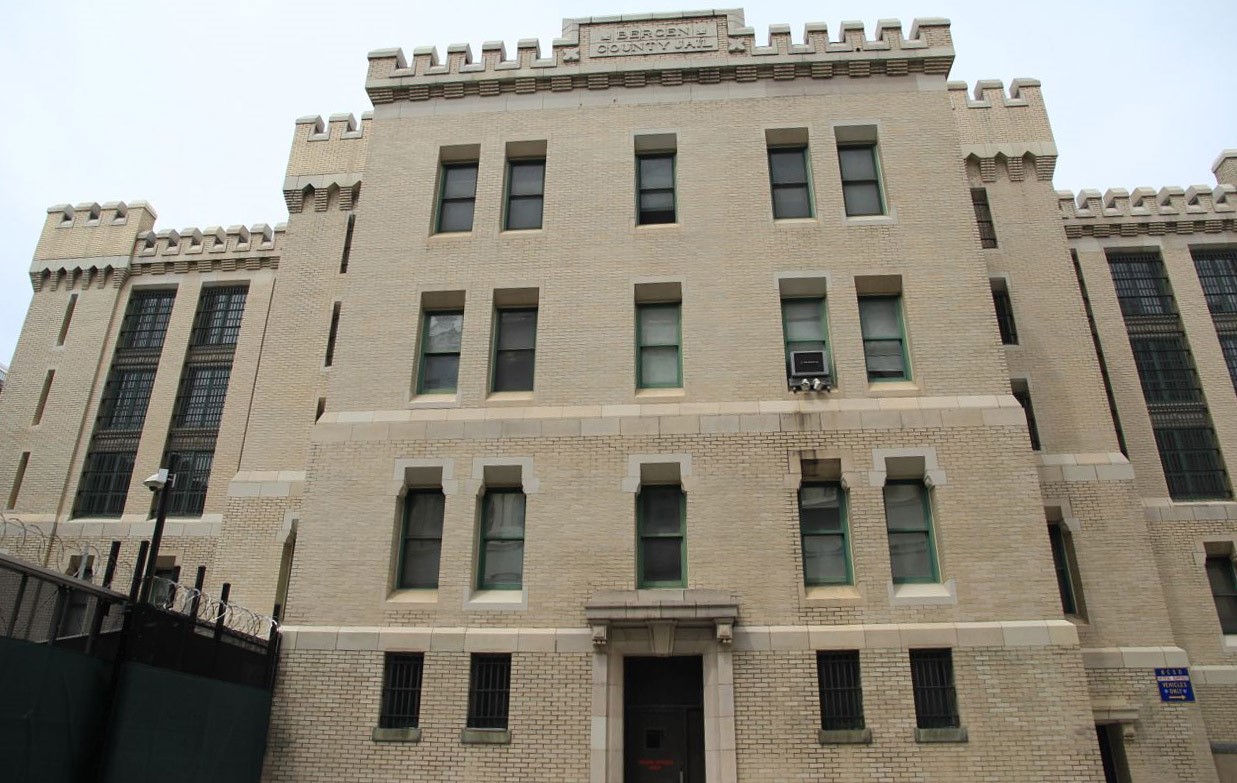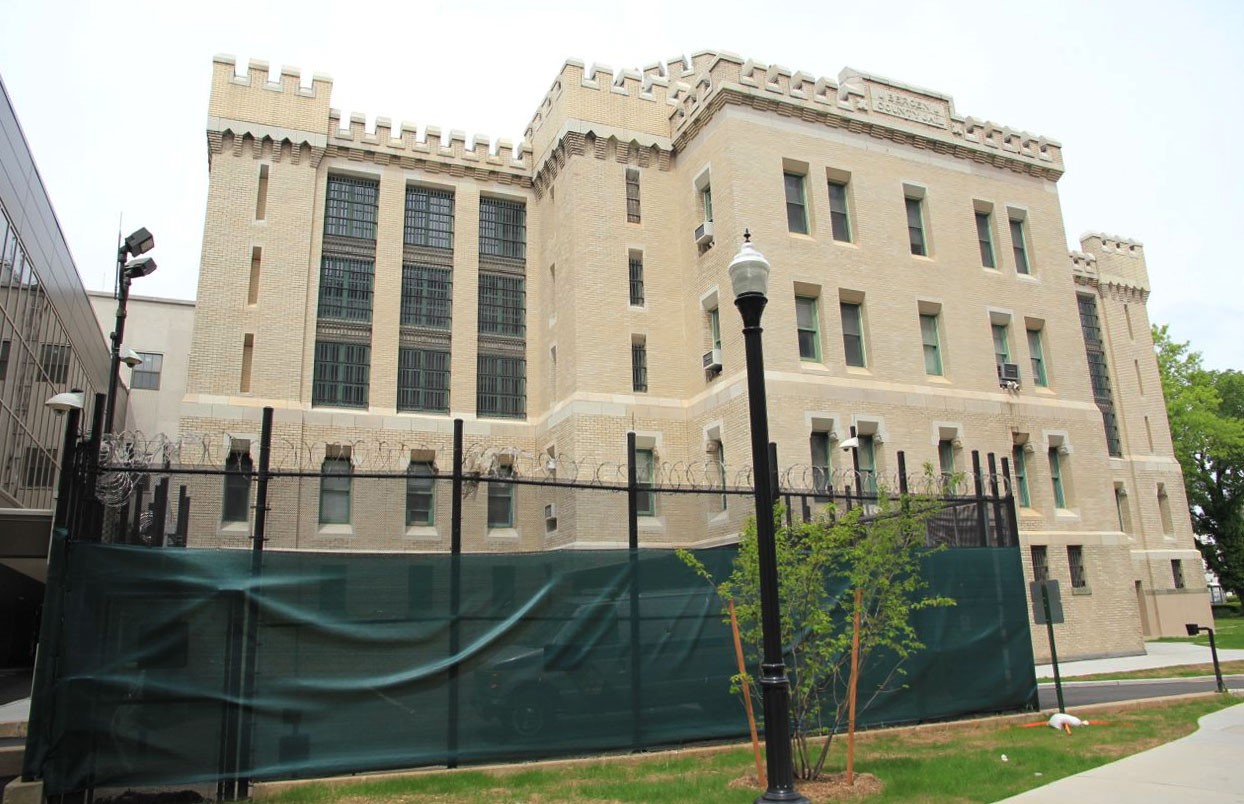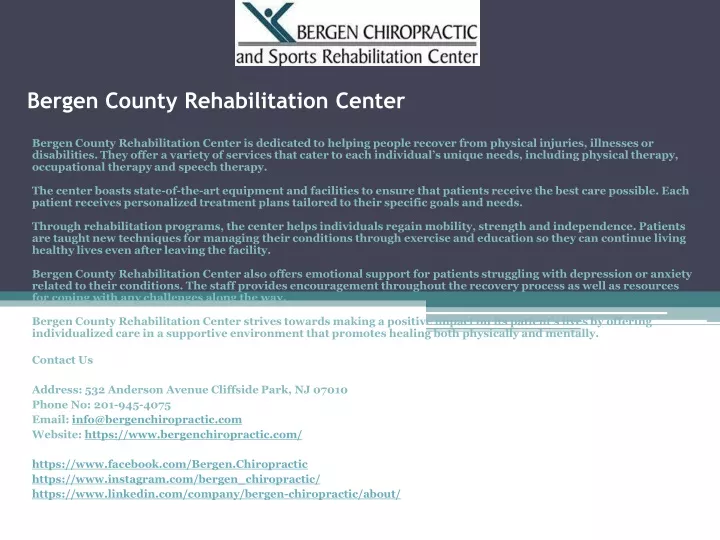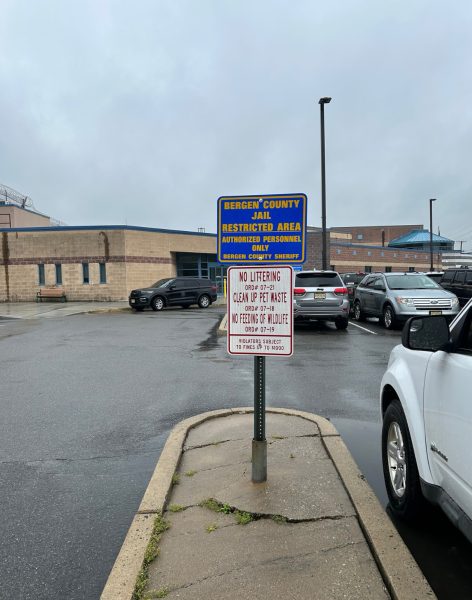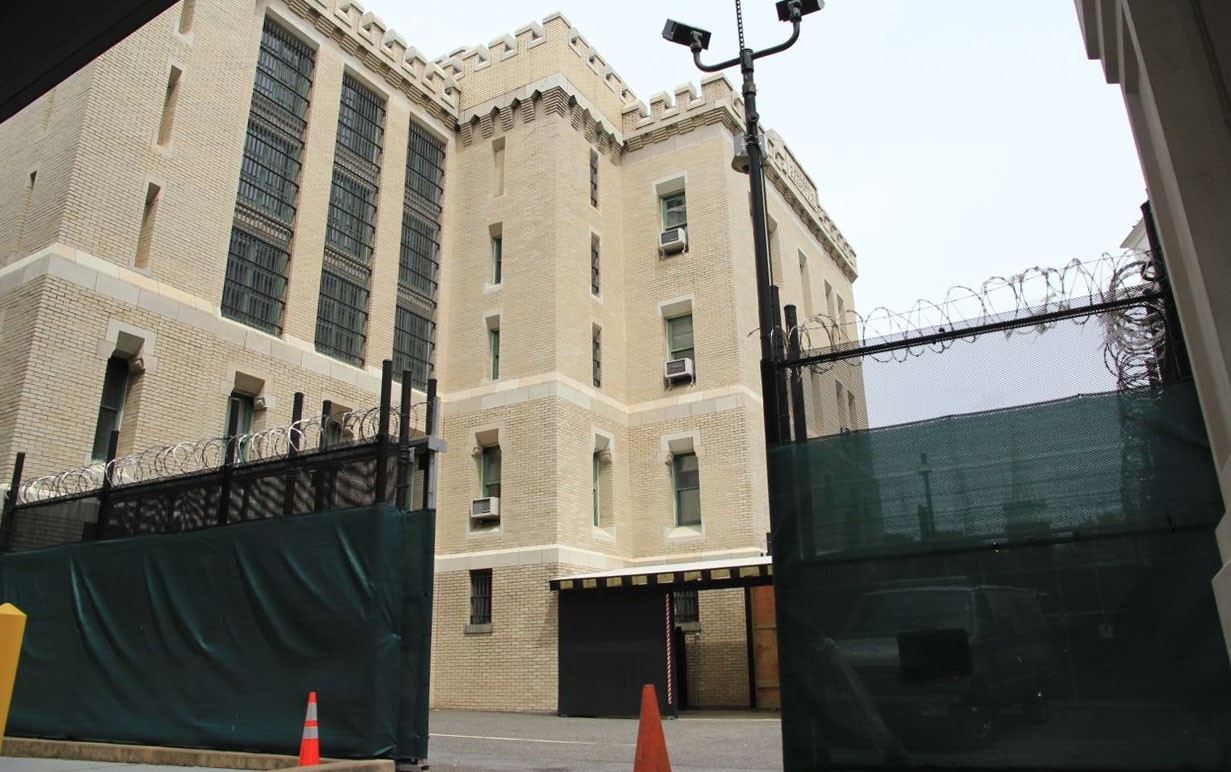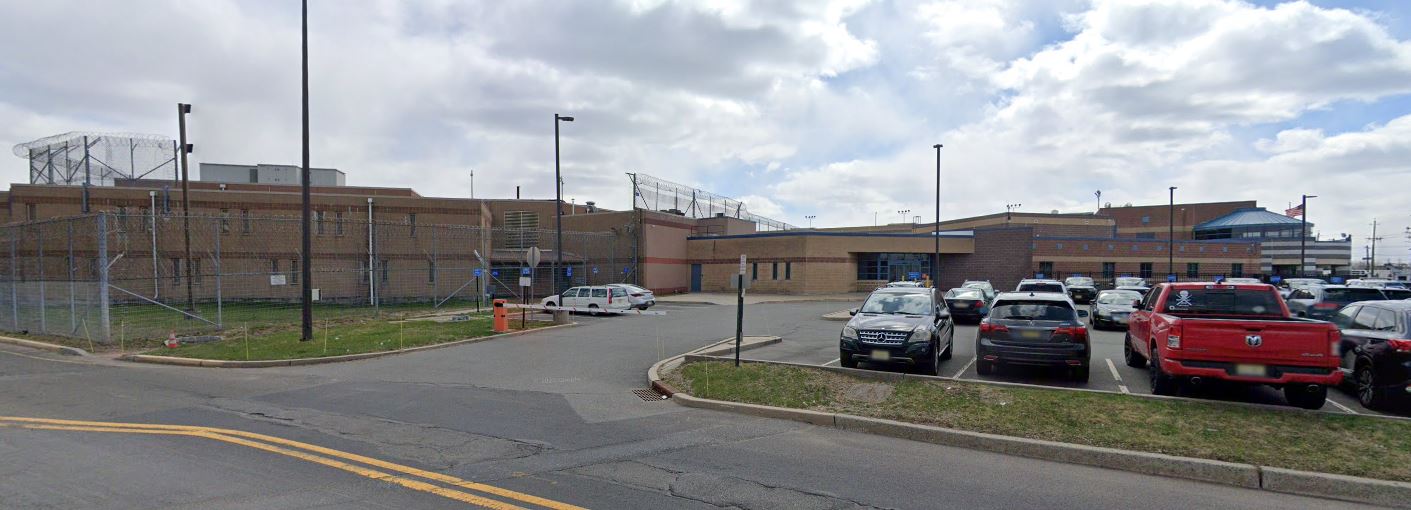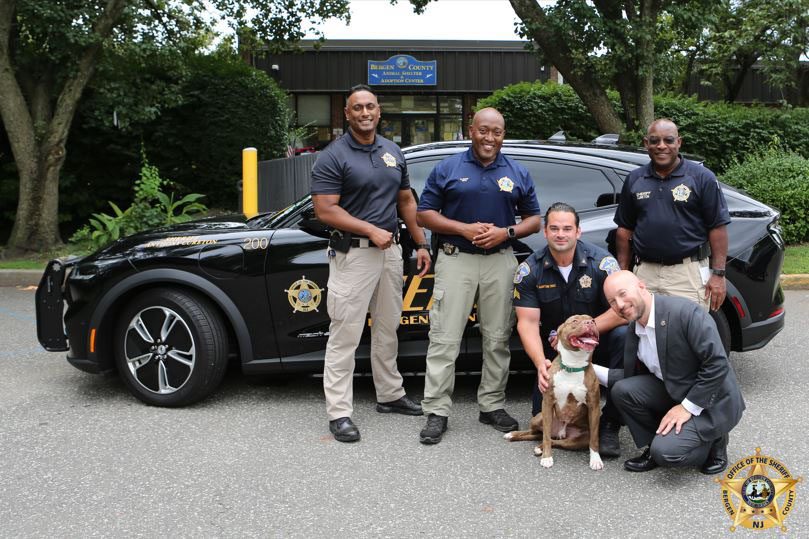Bergen County Corrections And Rehabilitation Center
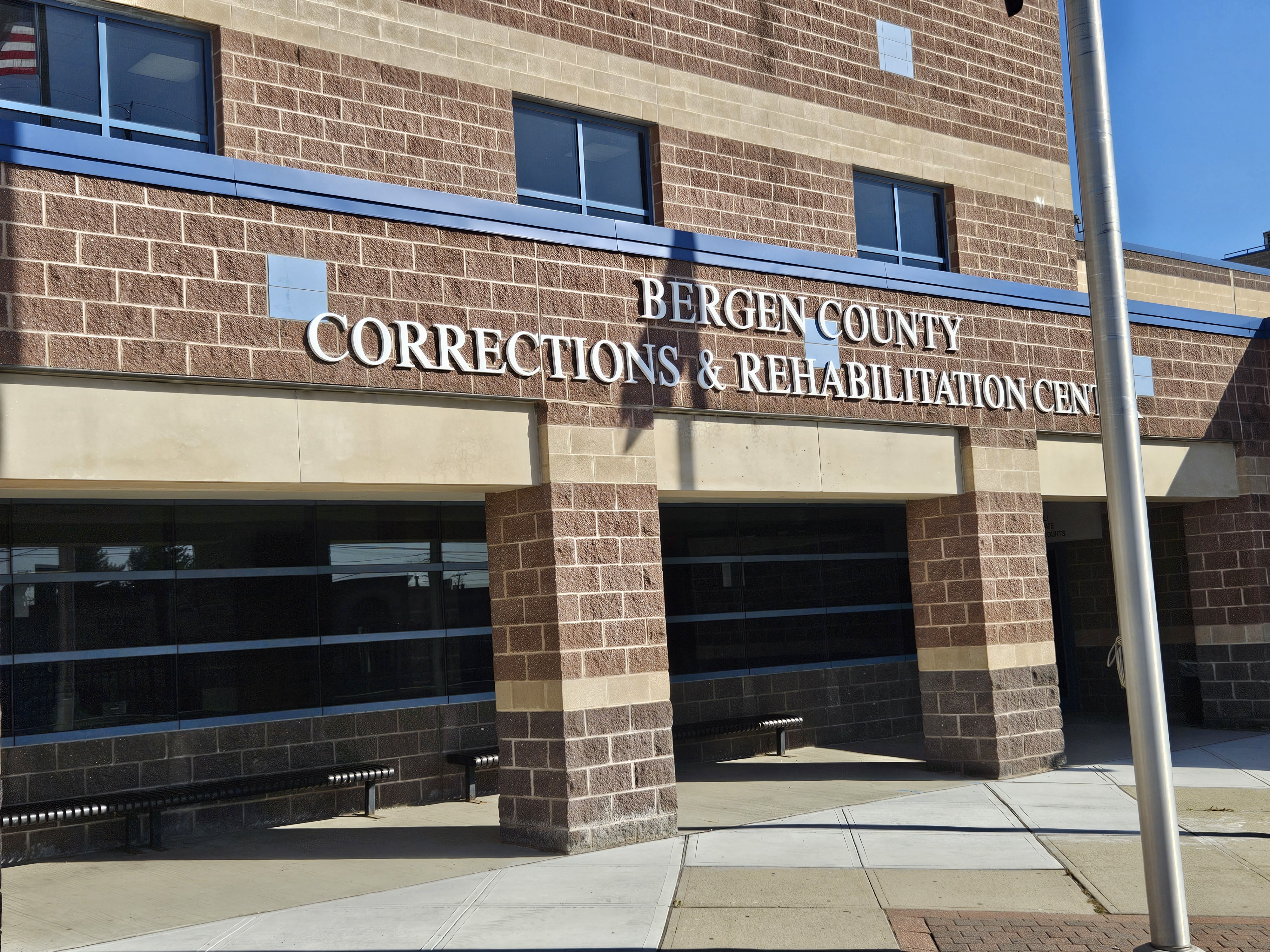
Sunlight streams through the large windows of the Bergen County Corrections and Rehabilitation Center’s horticulture room, illuminating rows of leafy green plants. Inmates, their faces etched with concentration, gently tend to seedlings, their hands carefully coaxing life from the soil. It's a scene far removed from the image often conjured when one thinks of a county jail, a testament to the transformative power of rehabilitation.
The Bergen County Corrections and Rehabilitation Center (BCCRC) is more than just a place of detention; it’s a multifaceted institution striving to break the cycle of incarceration through innovative programs and a commitment to rehabilitation. This article explores the history, programs, and philosophy that make the BCCRC a noteworthy example of progressive corrections.
A History of Service
Established in Hackensack, New Jersey, the BCCRC has a long history of serving the Bergen County community. Originally built to house individuals awaiting trial and those serving short sentences, the facility has evolved significantly over the years. The focus has shifted from purely punitive measures towards rehabilitative and educational opportunities.
This transformation reflects a broader societal understanding of the complexities of crime and the importance of addressing the root causes of criminal behavior. The BCCRC's commitment to this evolved approach is evident in its diverse range of programs and services.
Rehabilitation at its Core
The heart of the BCCRC lies in its commitment to rehabilitation. The administration understands that simply incarcerating individuals is not a sustainable solution.
Instead, they focus on providing inmates with the tools and resources they need to successfully reintegrate into society upon their release. These resources range from educational opportunities to vocational training and therapeutic programs.
Educational Programs
Recognizing that education is a key to unlocking opportunities, the BCCRC offers a variety of educational programs. Inmates can pursue their General Educational Development (GED), improving their chances of securing employment.
Basic literacy programs are also available, catering to those who may have struggled with reading and writing. These programs equip individuals with fundamental skills that can drastically improve their quality of life.
Vocational Training
The BCCRC understands the importance of providing inmates with tangible skills that can translate into employment. Vocational training programs are designed to equip inmates with valuable skills that are in demand in the job market.
These programs include culinary arts, horticulture, and building maintenance. Inmates gain hands-on experience and industry-recognized certifications, giving them a competitive edge when seeking employment after release. The aforementioned horticulture program, for example, not only teaches inmates about plant care but also instills a sense of responsibility and accomplishment.
Therapeutic Interventions
Addressing the underlying issues that contribute to criminal behavior is crucial for long-term success. The BCCRC offers a range of therapeutic interventions to address mental health issues, substance abuse, and anger management.
These programs provide inmates with a safe and supportive environment to explore their issues and develop coping mechanisms. Group therapy sessions, individual counseling, and specialized programs for substance abuse are all part of the comprehensive therapeutic approach.
The Cognitive Behavioral Therapy (CBT) program is particularly noteworthy. CBT helps inmates identify and change negative thought patterns and behaviors that contribute to criminal activity. By understanding the link between thoughts, feelings, and actions, inmates can develop healthier coping strategies.
Community Partnerships
The success of the BCCRC’s rehabilitation efforts is also due to its strong partnerships with community organizations. These partnerships provide inmates with additional resources and support, both during and after incarceration.
Local businesses, non-profit organizations, and educational institutions collaborate with the BCCRC to offer job training, mentorship programs, and housing assistance. These partnerships create a network of support that helps inmates transition back into the community smoothly.
One notable partnership is with "Hope Not Handcuffs," an initiative that allows individuals struggling with addiction to seek help at local police departments. This program emphasizes the importance of connecting individuals with treatment services rather than simply arresting them.
A Focus on Re-entry
The BCCRC places a strong emphasis on re-entry planning. Recognizing that the transition from incarceration to freedom can be challenging, the BCCRC provides inmates with the resources and support they need to navigate this process successfully.
Re-entry services include assistance with finding housing, employment, and healthcare. Inmates are also provided with information on community resources and support groups.
The goal is to empower inmates to become self-sufficient and productive members of society. A re-entry fair is held annually, connecting inmates with potential employers and service providers.
Challenges and Future Directions
Despite its many successes, the BCCRC faces ongoing challenges. Overcrowding, budget constraints, and the stigma associated with incarceration continue to pose obstacles.
However, the administration remains committed to finding innovative solutions and expanding its rehabilitation efforts. Future plans include expanding vocational training programs and strengthening partnerships with community organizations.
The BCCRC is also exploring the use of technology to enhance its rehabilitation programs. Online learning platforms and virtual reality simulations are being considered as ways to provide inmates with access to a wider range of educational and vocational opportunities.
Measuring Success
Measuring the success of rehabilitation programs is a complex undertaking. Recidivism rates, employment rates, and improvements in mental health are all indicators that are tracked.
While there is always room for improvement, the BCCRC has seen positive results. Studies have shown that inmates who participate in rehabilitation programs are less likely to re-offend and more likely to secure employment.
Anecdotal evidence also provides valuable insights into the impact of the BCCRC's efforts. Stories of inmates who have turned their lives around after participating in rehabilitation programs are a testament to the transformative power of the institution's approach. These stories serve as inspiration for both staff and inmates alike.
A Model for Others
The Bergen County Corrections and Rehabilitation Center stands as a model for other correctional facilities. Its commitment to rehabilitation, its innovative programs, and its strong community partnerships set it apart.
While incarceration remains a necessary part of the criminal justice system, the BCCRC demonstrates that it is possible to create a system that focuses on rehabilitation and empowers individuals to break the cycle of crime. By investing in education, vocational training, and therapeutic interventions, the BCCRC is creating a safer and more just community for all.
As the sun sets over the horticulture room, the inmates carefully water their plants, knowing that they are not just tending to seedlings, but also nurturing their own potential for growth and renewal. The Bergen County Corrections and Rehabilitation Center offers a beacon of hope, proving that even within the walls of a correctional facility, transformation is possible.
